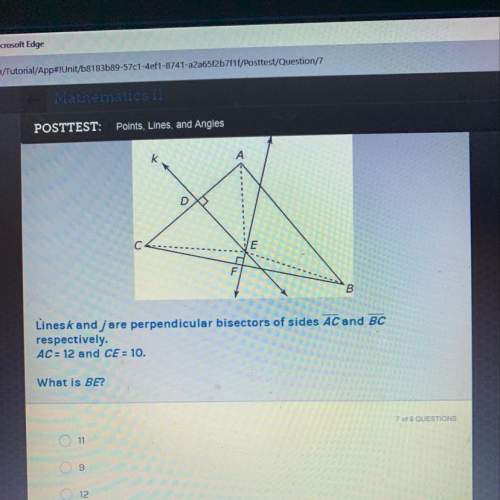
Mathematics, 19.06.2020 23:57, quinnmal023
A machine for producing a new experimental electronic component generates defectives from time to time in a random manner. The supervising engineer for a particular machine has noticed that defectives seem to be grouping (hence appearing in a nonrandom manner), thereby suggesting a malfunction in some part of the machine. One test for nonrandomness is based on the number of runs of defectives and nondefectives (a run is an unbroken sequence of either defectives or nondefectives). The smaller the number of runs, the greater will be the amount of evidence indicating nonrandomness. 12 components are drawn from the machine. For example, an arrangement with two runs could be one where the first 10 components were not defective, and the last 2 were defective (N N N N N N N N N N D D). When 12 components are drawn from the machine, what is the probability that the number of runs, R, is less than or equal to 3, given that 10 of the 12 components are not defective? (Round your answer to four decimal places.)

Answers: 3
Other questions on the subject: Mathematics

Mathematics, 21.06.2019 20:00, Abdirisack3250
How to find the exponential function y=ca^x, with points (1,2) and (2,1)
Answers: 2



Mathematics, 21.06.2019 23:40, hardwick744
Typically a point in a three dimensional cartesian coordinate system is represented by which of the following answers in the picture !
Answers: 1
Do you know the correct answer?
A machine for producing a new experimental electronic component generates defectives from time to ti...
Questions in other subjects:


English, 05.01.2021 01:00

Mathematics, 05.01.2021 01:00

Arts, 05.01.2021 01:00

Mathematics, 05.01.2021 01:00




Mathematics, 05.01.2021 01:00







